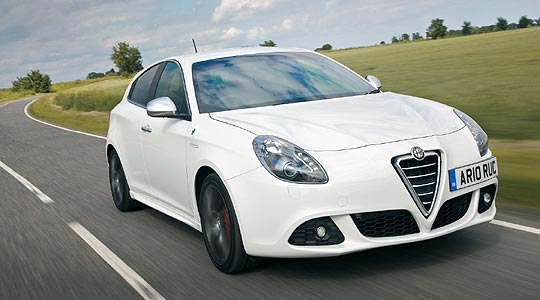
An Italianised version of a Shakespearean name. A high-profile advertising campaign with a dreamy quote from the Bard. A link to former Alfa Romeos which also used the name (it's strange that practically no one has referred to the second Giulietta when writing about this third one, the boxy and wedgy late-1970s saloon which I always thought rather intriguing). The stage is set. All it needs is for the car to be good. Not just good enough, but genuinely, thrillingly, Italian-ly beguiling.
I drove the range a few months ago, at which point the cars were lightly disguised and their interiors were far from final in their finish. Subsequent encounters – at the Geneva show and briefly at that marvellous day of driving old Alfas on which I recently reported – were with properly finished cars. They were impressive, their resolutely non-generic, highly-characterful aesthetics all the better for the obvious quality that had gone into the design, engineering, materials selection and assembly.
And now I've had one for a week, here in the UK, to drive on the roads that have too often proved the undoing of a car liked on a launch in foreign lands. Alfas and, especially, Fiats have suffered this curse more than most, often coping poorly with our particularly British kind of bump and ripple which is frequently combined with a subterranean disintegration – something that a mere dressing of tar and chippings does nothing to fix.
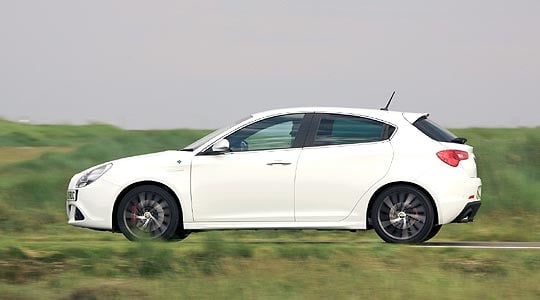
The Giulietta in question has the 1.4-litre, 170bhp MultiAir engine. This makes it the most technically intriguing of all new Giuliettas, but you might expect the top version, the 1750 TBi Cloverleaf with 235bhp, to be the most thrilling. It too is turbocharged, and all that power in a middle-sized hatchback must surely make any cuore beat more sportively. Strange to tell, it doesn't; the Cloverleaf is too restrained, too refined and a touch too stolid in its responses to be the hot hatchback we might like it to be. It feels more the compact grand tourer, which is fine in itself but disappointing to the enthusiast expecting more Alfa fizz.
Which is where the 1.4 MultiAir (from £19,495) comes in, and why I'm particularly pleased to have that model to try. This is the entertainer of the range, the car that feels most obviously Alfa-like. You have probably read plenty about the MultiAir engine, also used in certain Fiats but, to recap, it has inlet valve timing and lift of greater variability than any other engine made today.
It achieves this by having mounted on its single (exhaust) camshaft a further set of cam lobes which represent the highest lift and greatest duration the inlet valves could ever possibly need. Now for the very clever bit. These lobes' movements are transmitted to the inlet valves via hydraulic pistons actuated by the cams, a further set atop the valves and an oil pipe for each inlet valve between them. Think of it as a hydraulic pushrod.
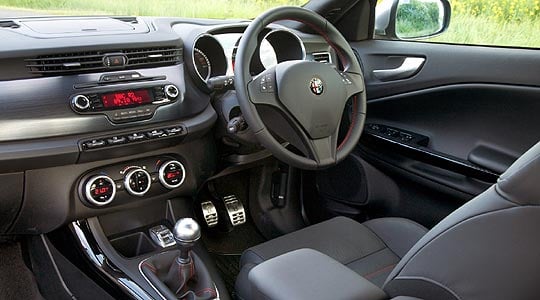
In each pipe is a bleed-off valve controlled by a solenoid much like those used in an ABS braking system, which diverts oil to a reservoir within the pressurised circuit. Controlling the amount of oil bled off alters the valve lift and duration, to the extent that the valves themselves can be used as throttles as well as influencing the shape of the full-throttle power and torque curves.
The result is high power, hefty low-speed torque and potentially excellent economy, because the engine's output is always ideally matched to the demands placed upon it and, with no conventional throttle, there are few pumping losses. It's nothing short of a revolution in engine design.
Does it work? It does. Apart from some slight turbo lag when moving off, requiring practice to prevent the impression of incompetence on the part of the driver, it feels like a particularly muscular, normally aspirated two-litre. There's even a properly Alfa-like exhaust note, quite an achievement in a brave new world of regulations-fulfilling, anodyne-sounding power units. It has never been harder to identify a marque by the sound it makes, but this Giulietta obliges.
To make the 1.4 MultiAir feel as it sounds, however, you must switch the so-called DNA selector from its default Normal mode to Dynamic. The accelerator response changes from torpid to chirpy, the Giulietta appears to shed 200kg and you wonder why on earth it can't always be like this. The answer is emissions and CO2 tests, because the Alfa achieves its fine figures (an official average of 47.9mpg and 134g/km) in Normal. Dynamicism means greater thirst, but it also means you can have a very lively car while paying tax on the basis that it is not. From standstill to 62mph takes 7.8 seconds, by the way, and pace does not abate until 135mph.
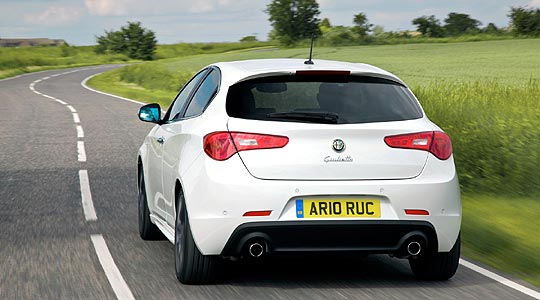
Annoyingly, you can't engage Dynamic unless you're travelling under about 60mph so, if you have forgotten to do it by the time you hit the by-pass, you will have to slow down a bit. Why this should be, I can't imagine. Dynamic also activates a 'pre-fill' feature in the brakes, in which the hydraulic lines are lightly pressurised as soon as you come off the accelerator to ensure the pads are already brushing the discs. The brakes are certainly powerful but their response can be somewhat sudden.
The steering is vastly better than the maligned system in the smaller Mito. Partly this is because the electric assistance uses a motor on the rack instead of on the column, which allows a more direct, natural feel. And partly it is because the Giulietta has a more sophisticated suspension system with a proper multiple-link arrangement at the back instead of a rubbery torsion beam. Controlling the rear's lateral compliance is key to a precise steering response, and that in turn is the gateway to a handling balance sufficiently variable with the accelerator to ensure amusement when the roads are right. That's the main thing missing in the nose-heavier Cloverleaf.
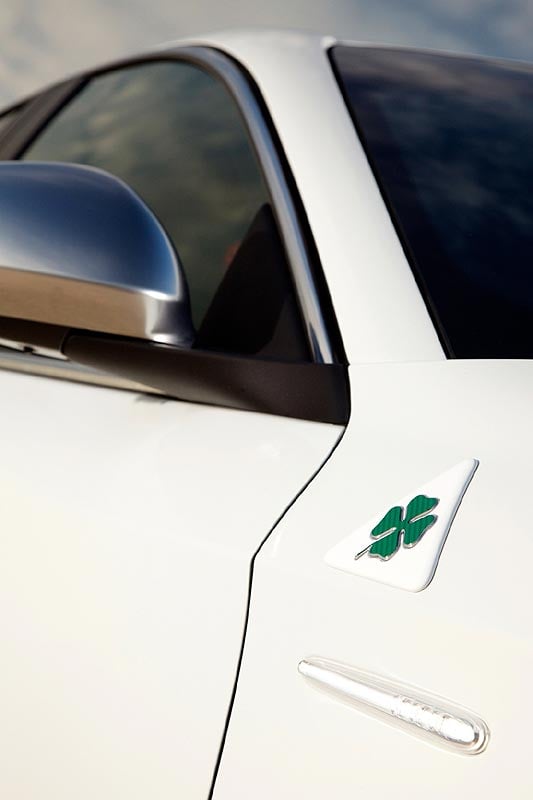
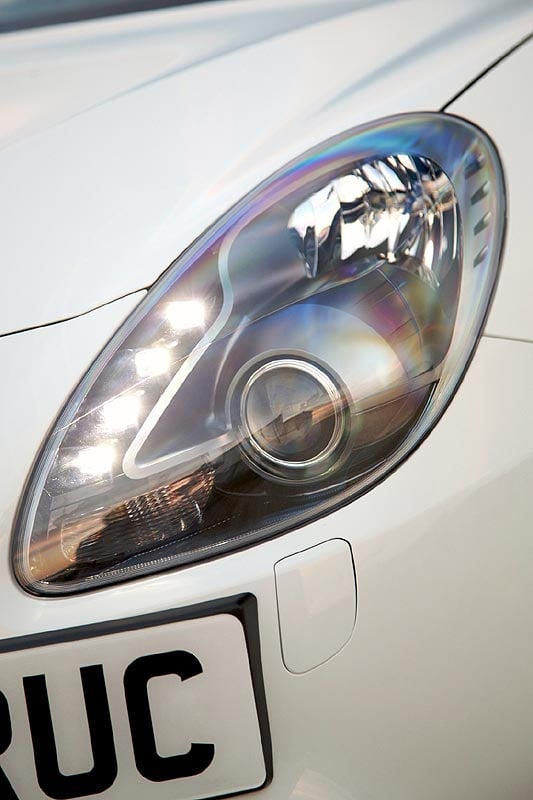
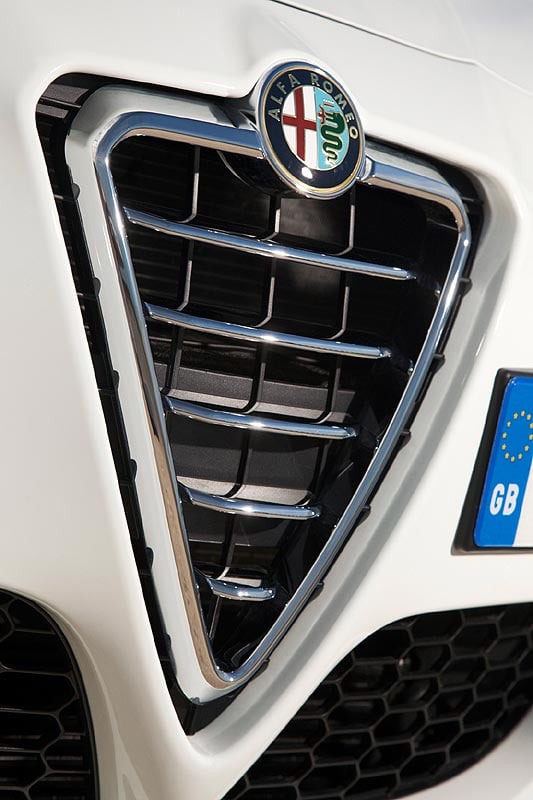
This new suspension also gives the Giulietta a roll-along suppleness more French than Italian, allied with firm but not overly constrictive control of big body movements. Small bumps are certainly felt, and my test car didn't even have the biggest wheel option, but this is the best-riding compact Alfa Romeo since, well, since the wonderful Alfasud. Ultimately the Giulietta isn't quite as deft on its wheels as its 38-year-old and considerably lighter ancestor, but it's still one of the most enjoyable driving machines in its category. Which is? Audi A3, BMW 1-series… for it deserves to be thought a cut above a Focus, an Astra, a Golf, or whatever. This is a proper 'premium' car, helped by the fact that currently its underpinnings are shared by nothing else – although its new platform will find other uses soon.
So what's not to like? It's a good-looking car with plentiful Alfa flourishes, and the coupé-like illusion is enhanced by the hidden rear door handles, but the high flanks and shallow rearward windows make for a restricted over-the-shoulder view out and the thick centre pillars make it worse. The dashboard is a very original piece of styling but at times the instruments are almost unreadable. The figures are mid-grey, to the detriment of contrast, and the glass suffers terrible reflections.
Otherwise, this is a fine car. I'd even go as far as to say it's the most covetable car in its size class, because nothing else matches the Giulietta's blend of panache, poise and frugal pace. If you really like cars and you need a mid-size hatchback to feed that liking, you need a Giulietta 1.4 MultiAir. All the others seem monochromatic by comparison.
Text: John Simister
Photos: Alfa Romeo
ClassicInside - The Classic Driver Newsletter
Free Subscription!







